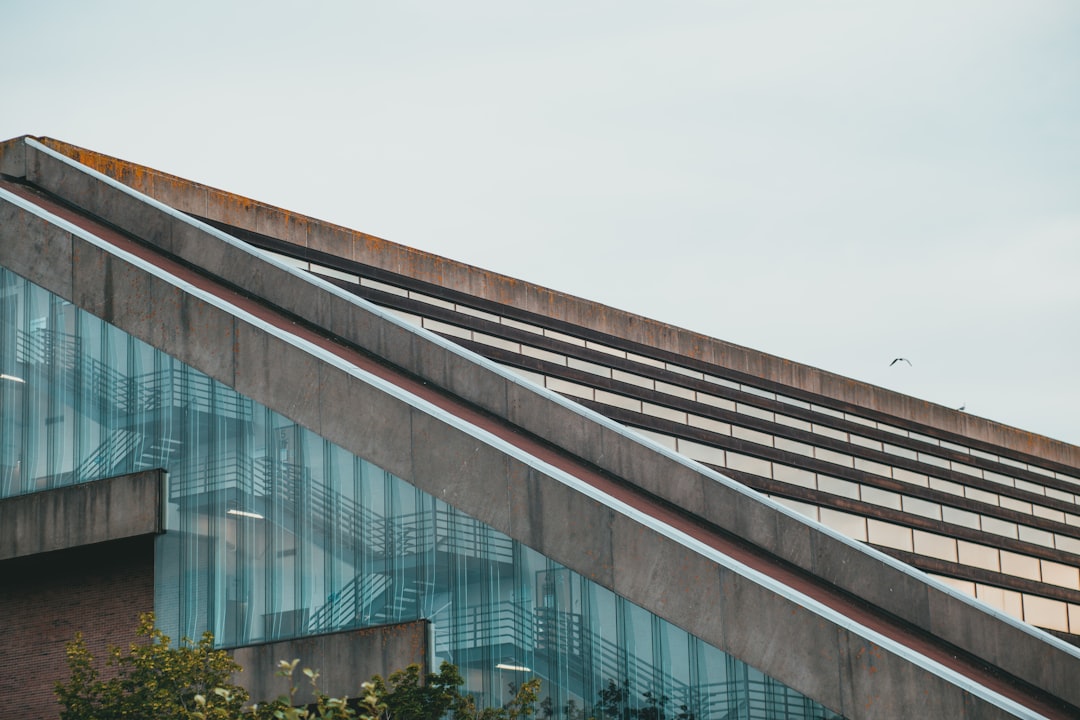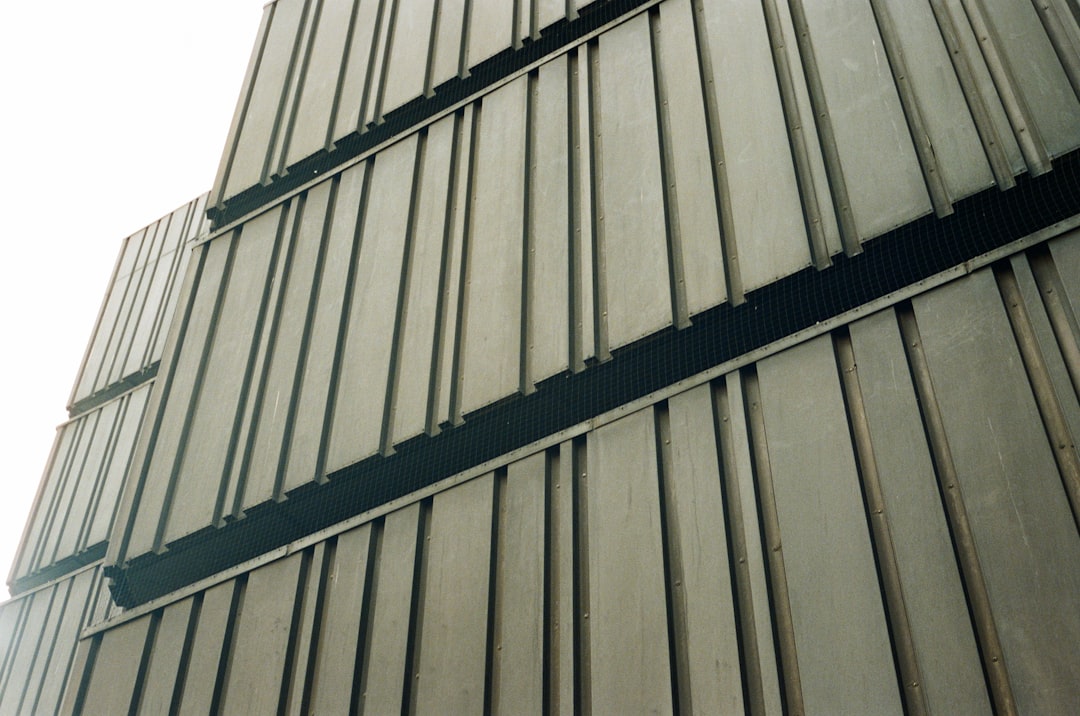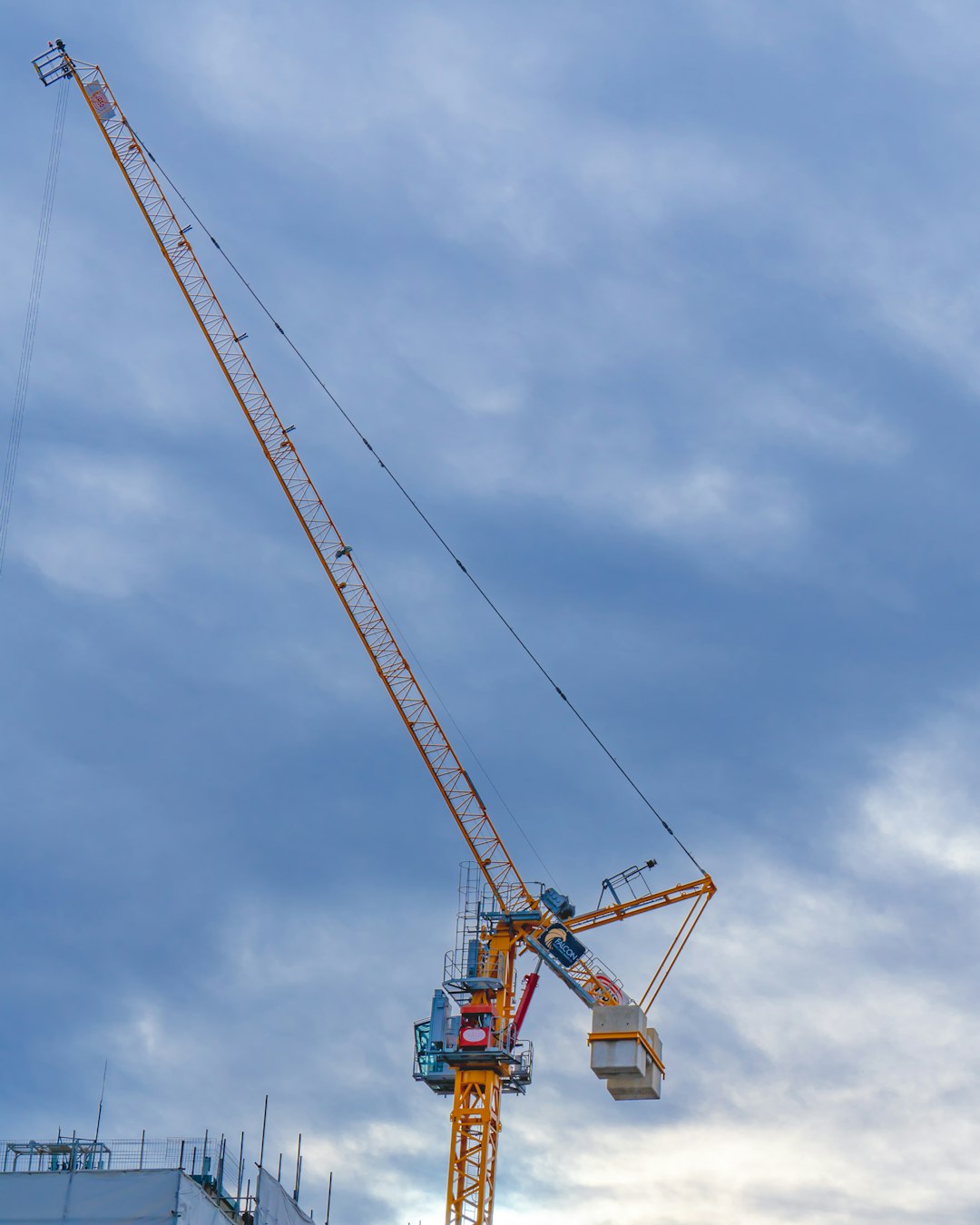Unlocking Design Freedom: How Standing Seam Roll Forming Machines Revolutionize Architectural Aesthetics and Flexibility
The Symbiosis of Form and Function in Modern Architecture
In contemporary architectural design, the conversation is dominated by the delicate balance between aesthetics and functionality. Architects and designers continually strive to create structures that are not only visually captivating but also practical, adaptable, and sustainable. This pursuit of harmony has led to the adoption of innovative materials and technologies that offer greater design freedom. Among these, metal has emerged as a prime choice for its strength, longevity, and versatile beauty. Specifically, the technology of standing seam roll forming has become a cornerstone in achieving this architectural equilibrium, enabling the creation of complex, flowing designs that were once thought impossible.

What is a Standing Seam Roll Forming Machine?
A standing seam roll forming machine is a specialized piece of equipment designed to shape continuous metal coils into precisely engineered panels. Unlike traditional roofing methods, these panels feature raised, interlocking seams that connect to each other, creating a distinctive vertical-ribbed look. The machine progressively bends the metal through a series of rollers until the desired profile is achieved. This process can be done in a factory or, more advantageously, on the construction site itself, allowing for custom lengths and reducing the risk of damage during transport.
On-Site Portability: A Game-Changer
The ability to transport these machines to the job site is a significant leap forward. It grants architects and builders the flexibility to produce panels of any length, eliminating the need for horizontal seams on long roof slopes. This not-so-small detail is crucial for both aesthetics—creating a clean, uninterrupted visual line from ridge to eave—and performance, as it minimizes potential points for water infiltration.
Elevating Aesthetics with Clean Lines and Versatility
The most apparent benefit of standing seam systems is their contribution to a building's aesthetic. The clean, crisp lines of the panels create a modern, sophisticated look that can complement a wide range of architectural styles, from minimalist residential homes to large-scale commercial and industrial facilities. The vertical seams cast subtle shadows that change throughout the day, adding texture and dynamic visual interest to the building's facade or roof.
A Broad Palette of Materials and Finishes
Standing seam roll formers are not limited to a single type of metal. They can process a variety of materials, including:
- Galvanized Steel: A cost-effective and durable option.
- Aluminum: Lightweight, corrosion-resistant, and ideal for coastal environments.
- Copper: Weathers beautifully over time, developing a unique patina that adds character and timeless elegance.
- Zinc: Extremely durable and long-lasting, with a sophisticated matte gray appearance.
This material diversity, combined with a virtually limitless spectrum of colors and finishes, provides architects with an extensive palette to bring their visions to life.
The Core of Architectural Flexibility
Design flexibility goes beyond mere appearance; it involves creating structures that can adapt to various needs and contexts. Standing seam roll forming machines are instrumental in this regard. The technology allows for the creation of not just straight panels but also curved and tapered ones. This capability opens the door to designing complex roof geometries, undulating facades, and other unique architectural features. Architects are no longer constrained by the rigid forms of conventional materials and can explore more organic and dynamic shapes.
Case in Point: Complex Roof Geometries
Consider the intricate roof of a modern arts center or a custom-designed home with curving eaves. Achieving such designs with traditional materials would be both prohibitively expensive and technically challenging. Roll forming technology allows for the precise fabrication of panels that conform perfectly to the building's unique structure, ensuring a seamless and weather-tight anvelope while realizing the architect's creative intent.

Unmatched Durability and Weather Performance
A building's skin is its first line of defense against the elements. The design of standing seam panels is inherently superior in providing this protection. The seams are raised above the panel's flat surface, which serves as the primary drainage plane for water. This configuration significantly reduces the risk of leaks compared to systems where fasteners penetrate the metal within the water-shedding area.
The Advantage of Concealed Fasteners
Furthermore, the panels are attached to the roof deck with concealed clips. This system allows the metal to expand and contract naturally with temperature fluctuations without stressing the fasteners. This thermal movement capability prevents a phenomenon known as “oil canning” (visible waviness) and ensures the long-term integrity and appearance of the roof.
Contribution to Sustainable and Green Building
In an era where sustainability is a primary design consideration, standing seam metal systems offer substantial benefits. Metal panels are highly durable, often lasting 50 years or more with minimal maintenance, which reduces the need for replacement and conserves resources.
| Sustainability Feature | Benefit of Standing Seam Systems |
|---|---|
| Recyclability | Metal roofing is typically made from a high percentage of recycled content and is 100% recyclable at the end of its life. |
| Energy Efficiency | "Cool roof" coatings can be applied to metal panels to reflect solar radiation, reducing cooling costs by up to 30%. |
| Solar Integration | The standing seams provide an ideal mounting platform for solar panels without requiring roof penetrations, preserving the roof's integrity. |
| Water Harvesting | The clean, non-porous surface is excellent for rainwater harvesting systems. |
Integration of Building Systems
The flexibility of standing seam panels extends to the integration of other building systems. As mentioned, the raised seams are perfect for mounting solar arrays. They can also seamlessly accommodate snow guards, rooftop walkways, and other essential accessories without compromising the roof's weather-tightness. This baked-in adaptability ensures that the building can meet both current and future functional requirements.
The Role of Precision and Quality Control
Architectural excellence is in the details, and this is where the precision of roll forming technology shines. Modern machines are computer-controlled, ensuring every panel is produced to exact specifications. This level of quality control is essential for achieving the tight tolerances required in high-performance building envelopes. The result is a perfect fit and finish that enhances the overall quality and aesthetic of the project.
A Sound Investment for the Future
While the initial investment in a standing seam system and the machinery to produce it may be higher than for some conventional materials, the long-term value is undeniable. The combination of extreme durability, low maintenance, energy savings, and enhanced property value makes it a cost-effective choice over the life cycle of the building. For architects and builders, leveraging standing seam roll forming technology is a commitment to quality, longevity, and design excellence.

Conclusion: Shaping the Future of Building Design
Standing seam roll forming machines are more than just tools for manufacturing building components; they are enablers of architectural innovation. By providing an unparalleled combination of aesthetic versatility, design flexibility, and superior performance, this technology empowers architects to design buildings that are both beautiful and resilient. As we continue to push the boundaries of what is possible in construction, the role of standing seam metal will only grow, solidifying its place as a fundamental element in the vocabulary of modern architecture.
